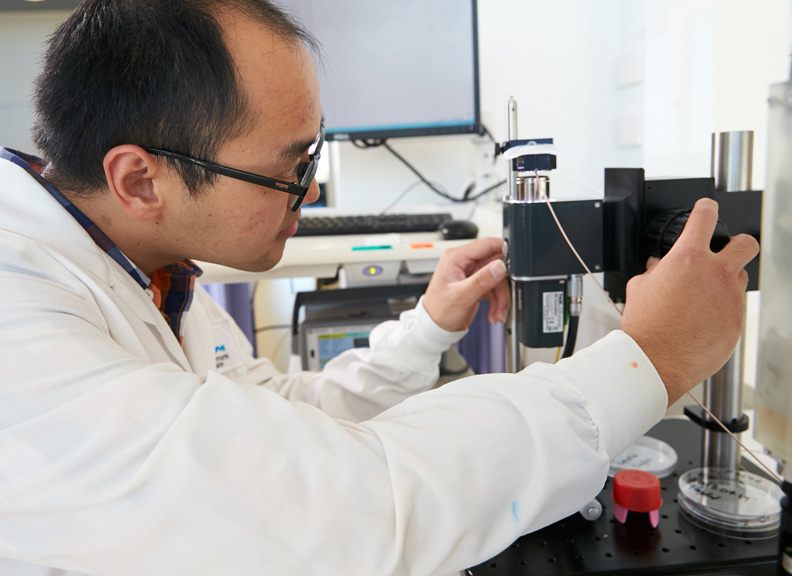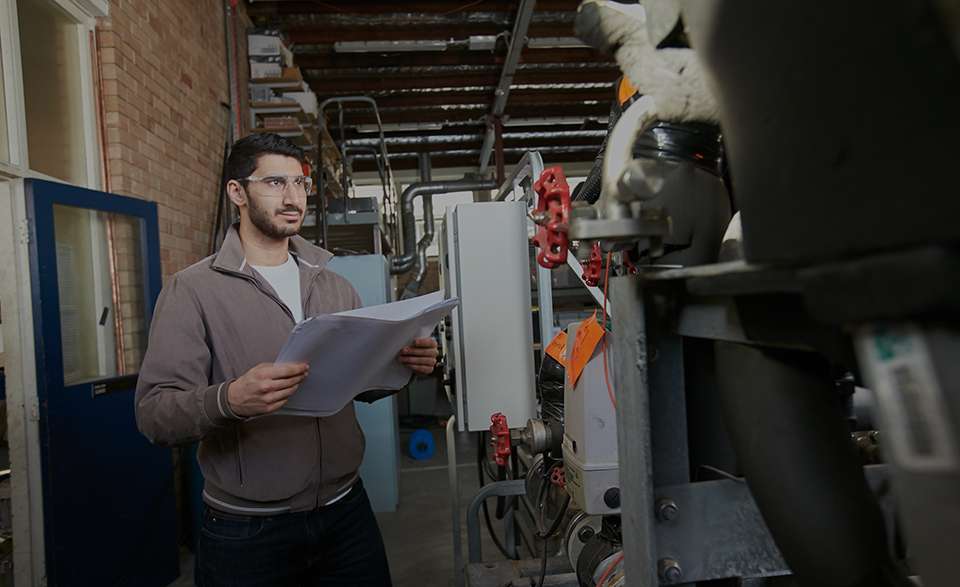PROJECT
Bioprinting
Leading research into lifesaving 3D bioprinting technologies
UWA’s VascLab contains bioprinting facilities with the power to print three-dimensional (3D) organs for cardiovascular implants. Combining engineering, science and medicine, highly technical 3D printers reconstruct these 3D organs from medical images, using computer software to predict blood flow, stresses and strains.
The most powerful supercomputer in the southern hemisphere, Magnus, is behind much of this technology, and the world-class petascale computer sits in the Pawsey Centre, a joint venture between WA's four public universities and the CSIRO.
Leading researchers, clinicians and scientists from around Australia collaborate to bring these printable organs to hospitals around the world. The bioprinting process uses various hydrogel blends, called bioinks, to provide structural integrity to the organs and tissue, making them compatible with the human body.
There are currently three bioprinters in the VascLab, along with a number of complementary machines such as confocal microscopes, cardiac pumps and equibiaxial bioreactors. Through constant experimentation and testing, UWA researchers are combining crossdisciplinary skills and knowledge to develop more effective ways to build new organs and tissue replacements that could save lives.
Research opportunities are available for students. To submit an expression of interest, fill out our Higher Degree by Research form or email us for further information.
Team lead: Dr Barry Doyle
Dr Barry Doyle on making 3D printable hearts possible
Related research
Bioprinting hope for treating heart disease
UWA’s Dr Barry Doyle is trying to understand cardiovascular disease and help create new ways to treat it.
Read moreBetter heart research to combat number one killer
UWA senior lecturer Dr Barry Doyle and his team in the Vascular Engineering laboratory are combining a range of talents to develop heart and blood vessel modelling technology that could help predict disease before it occurs.
Read moreBiomedical engineers investigate why millions of catheters fail
UWA researchers from the Harry Perkins Institute of Medical Research have helped explain the high failure rate of one of the most commonly used medical devices in the world.
Read moreFunding
The VascLab is currently funded by UWA and the Australian National Health and Medical Research Council.





